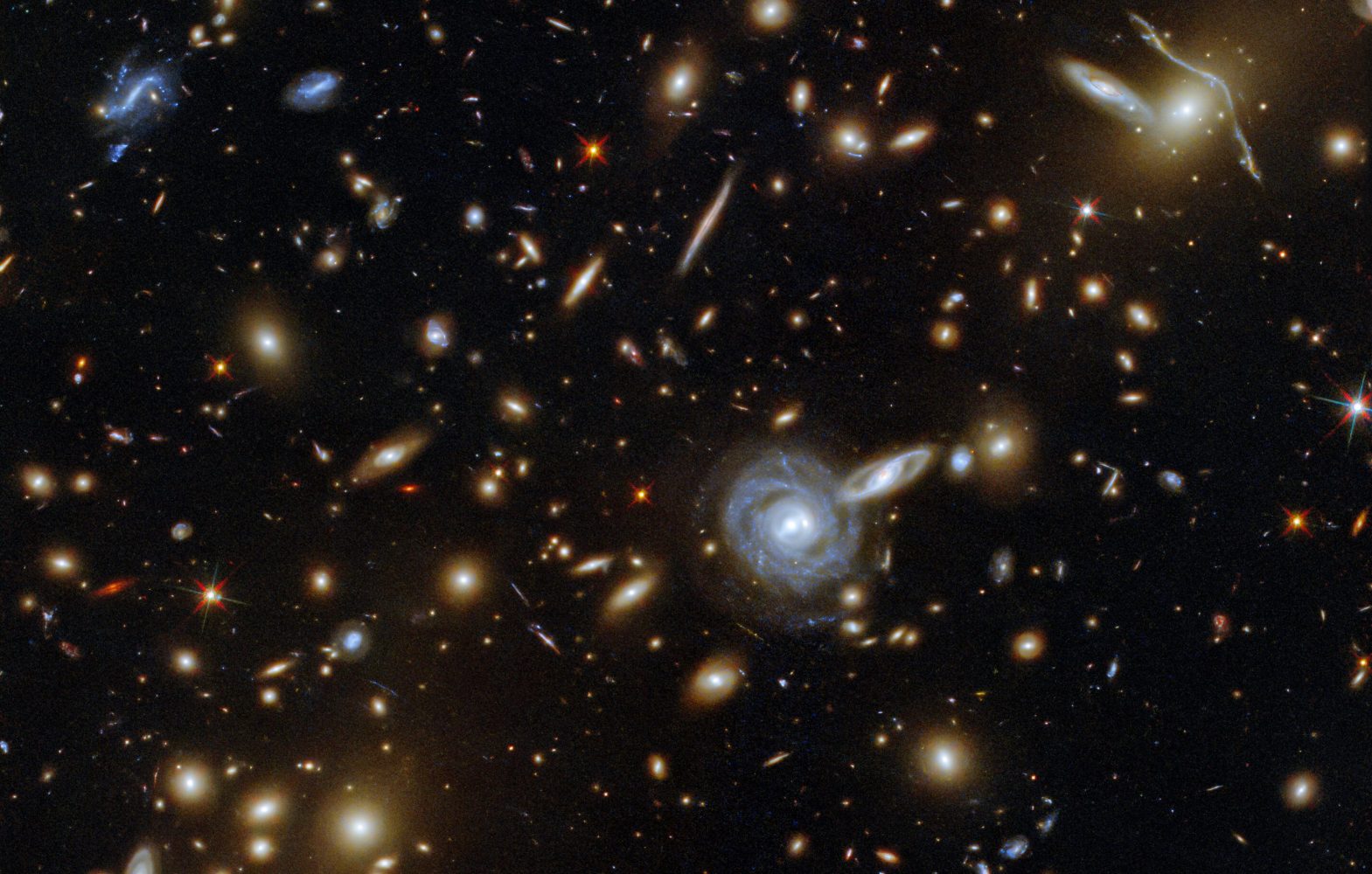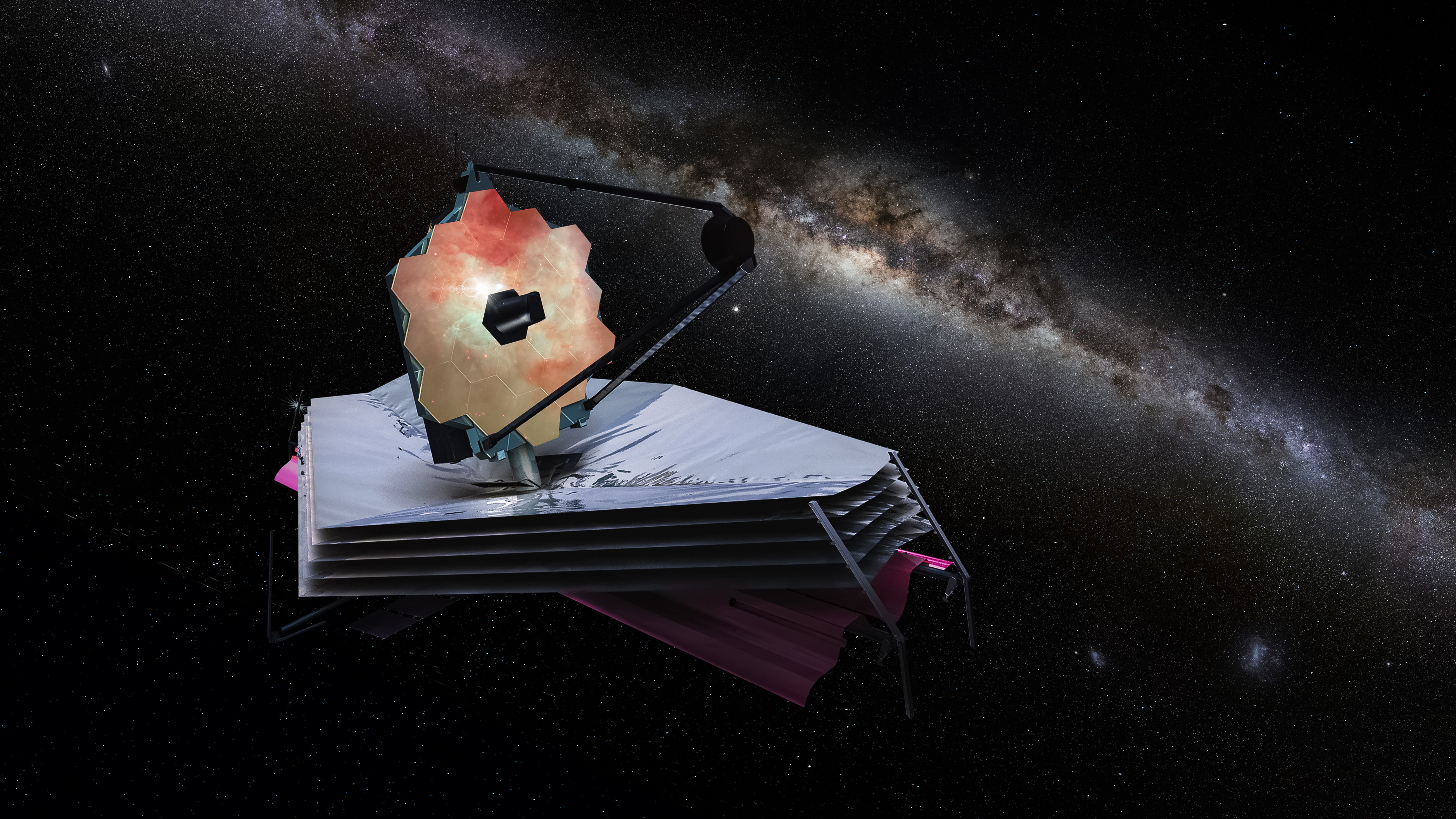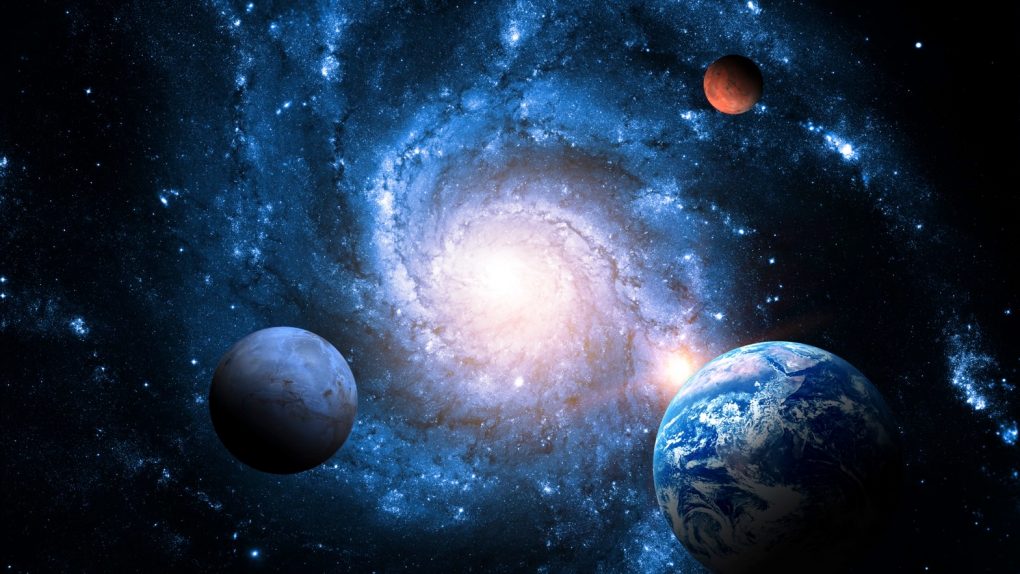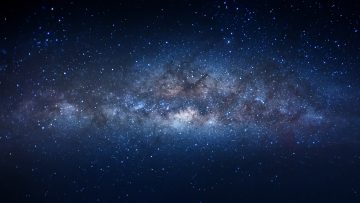Scientists recently detected dark matter residing around galaxies that have existed for around 12 billion years. The discovery of this mysterious and vital universal substance has made it the earliest detected dark matter yet. Further, the discovery suggests that dark matter in our early universe was much less “clumpy” than we originally predicted.
Scientists just found the earliest detected dark matter yet

Finding dark matter around galaxies isn’t exactly a new thing. After all, this mysterious substance is vital to many of the current models we use to govern how our universe works and expands. However, this discovery does challenge some of the things we thought we knew about dark matter in the early universe.
On top of being the earliest detected dark matter yet, the discovery could change our understanding of how galaxies evolve entirely. It could also suggest that the fundamental rules governing galaxies formed in the early universe are different than newer galaxies.
Of course, there’s still some confirmation needed on the work, but it is a step in the right direction for that sort of expansion. The findings were achieved by a collaboration led by researchers at Japan’s Nagoya University. They published those findings in Physical Review Letters.
Dark matter rules

Finding the earliest detection of dark matter is a good discovery, though. And it isn’t something that came easily. Most previous studies of dark matter around distant galaxies have been stuck at the same place for years. That’s because, beyond a certain point, scientists cannot detect dark matter as it is hard to detect the distortion dark matter causes.
This makes it more difficult to see dark matter around galaxies. As a result, it has made understanding dark matter in older galaxies much more difficult. But the researchers may have discovered a better way to detect dark matter around early universe galaxies.
To find the earliest detection of dark matter yet, the researchers used data from observations captured by the Subaru Hyper Suprime-Cam Survey (HCS). First, the team identified 1.5 million lens galaxies with visible light. These galaxies were all selected to be seen 12 billion years ago, a press release notes.
From there, the team began using microwaves from the cosmic microwave background (CMB). The radiation residue from the Big Bang allowed them to measure how the dark matter around the lens galaxies distorted the microwaves. This allowed them to discover the earliest detection of dark matter we’ve ever found.
For now, though, we’ll need to wait for more research to confirm these findings. But, if they do, we could be close to opening a new door to understanding dark matter and how the fundamental rules surrounding early universe galaxies came to be.








